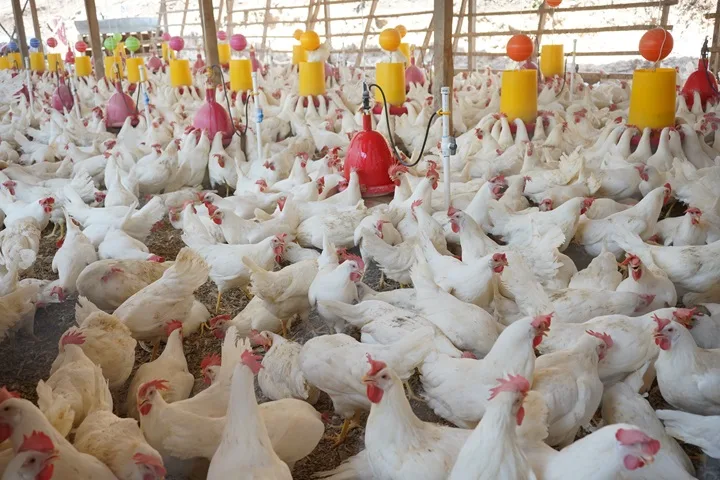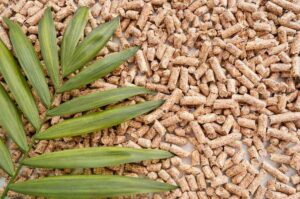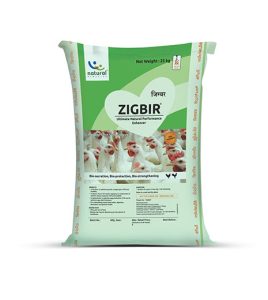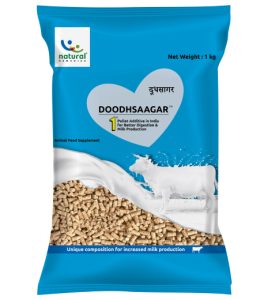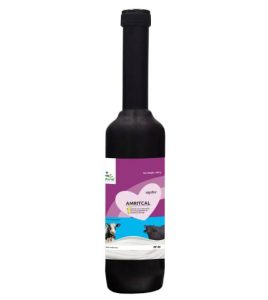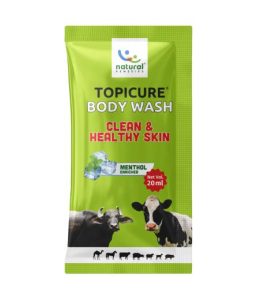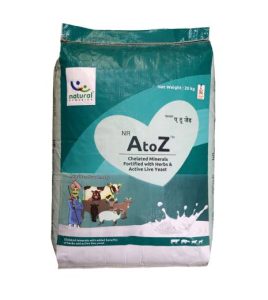The gastrointestinal (GI) tract of poultry plays a vital role in maintaining gut health in poultry. This specialized tube extends from the mouth to the cloaca, with its primary function being the conversion and digestion of food into basic components for absorption and utilization by the host. The GI tract serves as a selective barrier between the bird’s tissues and its luminal environment, comprising physical, chemical, immunological, and microbiological components. It is the most extensively exposed surface in the body, constantly subjected to various potentially harmful substances. Factors such as diet and infectious agents can disrupt the delicate balance among these components in the chicken gut, adversely impacting gut health, overall health status, and production performance in commercial poultry operations.
Factors Affecting Gut Health In Poultry
Materials ingested by birds contain both nutrients and non-nutrients, along with beneficial and potentially harmful organisms, making the digestive tract a primary site of exposure to pathogens. The avian gut function in health and disease depends on maintaining the delicate balance within the gastrointestinal (GI) tract. The lumen of the poultry gut typically contains feed constituents, resident and transient microbial populations, endogenous nutrients, and secretions from accessory organs such as the liver, gallbladder, and pancreas. The GI tract plays a critical role in improving gut health in poultry by selectively permitting nutrients to cross the intestinal wall while preventing harmful dietary components from breaching the intestinal barrier.
The selective barrier, consisting of physical, chemical, immunological, and microbiological elements, is vital for ensuring optimal gut health in poultry. Various factors, including diet, infectious agents, environmental conditions, and management practices, can disrupt this balance, leading to impaired growth rates and reduced feed conversion efficiency in poultry.
1. Non-Starch Polysaccharides (NSP):
Among the anti-nutritional compounds found in poultry feed ingredients, non-starch polysaccharides (NSP), such as β-glucans and arabinoxylans in cereals, are prominent. These compounds resist digestion by the bird’s enzymes and often create a viscous intestinal environment, resulting in sticky droppings. High intestinal viscosity disrupts digestion, causing health issues. Additionally, NSP increases digesta retention time, facilitating bacterial colonization and activity in the small intestine, which can further compromise poultry gut health and production performance.
2. Physical Texture and Form of Feed
The physical texture and form of feed significantly influence gut health in poultry. For instance, finely ground feed can elevate the mortality risk associated with necrotic enteritis when compared to coarsely ground feed. Such effects highlight the importance of feed form in maintaining optimal avian gut function in health and disease.
3. Infectious Agents Impacting Gut Health in Poultry
The intestinal tract is critical for nutrient absorption and immune defense in birds. However, it is susceptible to a range of infectious and noninfectious agents. The etiology of enteric diseases in poultry often involves complex interactions of viruses, bacteria, and other pathogens, which can compromise gut health in poultry.
Pathogenic bacteria can cause low-grade intestinal damage, leading to reduced feed conversion efficiency and slower growth rates. Severe bacterial infections, such as necrotic enteritis (NE) and coccidiosis, result in pronounced intestinal lesions and high mortality rates. These conditions compromise the avian gut function in health and disease by:
- Exposing the intestinal basal layer, a critical site for early disease stages.
- Exposing extracellular matrix molecules like collagen, facilitating Clostridium perfringens
- Causing serum leakage into the gut, providing nutrients for bacterial growth.
- Increasing mucus production, supporting perfringens proliferation.
4. Viral Infections and Their Impact
Many viral infections, including rotaviruses, coronaviruses, and reoviruses, are associated with enteric diseases in poultry. These infections often result in decreased weight gain, impaired feed efficiency, and flock uniformity. Young birds are particularly susceptible, as the avian gut function in health and disease remains in the developing stage. The outcomes of viral infections are influenced by factors such as the bird’s age, immune status, environmental conditions, and nutritional management.
5. Mycotoxins and Feed-Borne Toxins
Feed-borne toxins, including mycotoxins, are a significant challenge to gut health in poultry. Mycotoxins like T-2 toxins cause caustic injuries to the mucosa, damaging villi and rapidly dividing crypt epithelium. Acute intoxication results in hemorrhage, necrosis, and inflammation in the intestinal lining. These toxins adversely affect the gastrointestinal tract, impairing the bird’s overall health and performance. Moreover, mycotoxins can exacerbate disease outbreaks, further compromising avian gut function in health and disease.
Consequences Of Poor Gut Health In Poultry
The use of antibiotics as growth promoters in poultry has been a global practice for over 50 years. This approach has been recognized for improving feed conversion and growth while reducing morbidity and mortality caused by clinical and subclinical diseases. Antibiotics help lower the microbial load in the gut, enhancing nutrient availability for the host. However, concerns over antibiotic resistance and the transfer of resistance genes from animal to human microbiota prompted the European Union to ban antibiotic growth promoters. This ban has resulted in challenges such as reduced animal performance and an increase in poultry diseases like necrotic enteritis and dysbacteriosis. Consequently, finding effective alternatives to antibiotics in poultry diets is now a critical need for maintaining gut health and overall productivity.
Role of Nutraceuticals in Gut Health Poultry
To enhance gut health in poultry, the search for alternatives to antibiotic growth promoters (AGPs) has gained momentum in farm animals, including poultry. This has led to the development of the concept of nutraceuticals—foods or food components that offer benefits beyond basic nutrition. Nutraceuticals are generally defined as substances that help modify and maintain normal physiological functions while supporting a healthy host. They also play a crucial role in protecting the host from infectious diseases. Nutraceuticals encompass a wide range of products, including isolated nutrients (such as vitamins, minerals, amino acids, and fatty acids), herbal products (like polyherbals, herbs, and spices), and dietary supplements such as probiotics, prebiotics, symbiotic, organic acids, antioxidants, and phytogenics.
1. Prebiotics and Probiotics
Probiotics and prebiotics are promising alternatives to antibiotics for improving gut health in poultry. Probiotics, consisting of live microorganisms like bacteria, fungi, or yeasts, enhance gastrointestinal flora, support digestion, and boost growth and health. Benefits include modulating intestinal microbiota, stimulating immunity, reducing inflammation, preventing pathogen colonization, improving digestibility, and lowering ammonia excretion. They can be administered via feed, water, or early spray solutions for chicks.
Prebiotics, such as mannan-oligosaccharides (MOS) and fructooligosaccharides (FOS), promote beneficial bacteria in the gut, modulate microflora, enhance immune responses, and reduce pathogen colonization, supporting overall poultry health and performance.
2. Symbiotic
When probiotics and prebiotics are combined, they form symbiotics. This combination enhances the survival and persistence of beneficial organisms in the poultry gut by providing a specific substrate for fermentation. It has been suggested that symbiotics are more effective when used together than when used individually.
3. Dietary Fibers
Dietary fibers (DF) significantly impact poultry gastrointestinal tract (GIT) development, digestive physiology, nutrient digestion, fermentation, and absorption.
Water-insoluble fibers, considered functional nutrients, escape digestion and modulate nutrient absorption. A moderate level (3–5%) in poultry diets can enhance chyme retention in the upper GIT, promote gizzard development, boost enzyme production, and improve the digestibility of starch, lipids, and other nutrients.
Coarse fiber particles aid gizzard function by ensuring thorough grinding, regulating feed flow, stimulating HCl production, and supporting digestive juice secretion. Proper gizzard function not only aids digestion but also helps control gut pathogens, contributing to better gut health in poultry.
4. Organic Acids
Organic acids, naturally occurring compounds with acidic properties, play a key role in poultry gut health. Produced by beneficial bacteria in the crop, intestines, and ceca during microbial fermentation, these acids enhance gut health by stimulating endogenous digestive enzyme secretion and improving nutrient digestibility.
Incorporating organic acids into poultry diets can help decontaminate feed and reduce enteric pathogens, such as Salmonella, E. coli, Clostridia, Listeria, and some coliforms. Organic acids also lower microbial counts in drinking water by reducing pH and preventing biofilm buildup in water lines.
However, their use should be cautious, as long-term use may lead to bacterial resistance, reduce feed palatability, damage equipment due to their corrosive nature, and be affected by the buffering capacity of dietary ingredients, potentially impacting their efficacy.
5. Phytogenics for Gut Health in Poultry
Phytogenics are plant extracts that offer several benefits, such as appetite stimulation, enzyme secretion enhancement, and immunomodulation. They are made up of various compounds like terpenoids found in oregano, which include carvacrol, thymol, and p-cymene. These phytogenics have gained attention for their ability to enhance growth performance, lipid metabolism, and gut health in poultry.
Phytogenics have been shown to improve poultry gut health by promoting digestion, stimulating the immune system, and exhibiting antimicrobial and antioxidant properties. They can help reduce the colonization of pathogens like Clostridium perfringens and E. coli, and prevent necrotic enteritis.
Mode of Action of phytogenics for Gut Health
- Digestive: Phytogenics enhance enzyme secretion, gut motility, and intestinal barrier function. For example, carvacrol improves growth performance and repairs intestinal damage.
- Antimicrobial: Phytogenics like thymol, carvacrol, and eugenol have shown antimicrobial effects, inhibiting pathogen growth in the gut. Their hydrophobic nature disrupts bacterial cell membranes, leading to bacterial death.
- Antioxidant: Phytogenics prevent oxidative stress and lipid peroxidation in poultry tissues, promoting gut health by protecting cells from free radical damage .
Phytogenics like essential oils are effective in improving gut health in poultry, for better immunity. These additives offer a multifactorial approach to addressing gut health in poultry challenges. To achieve success a holistic approach including nutrition, housing, water quality, and management is essential.







.png)












.png)



